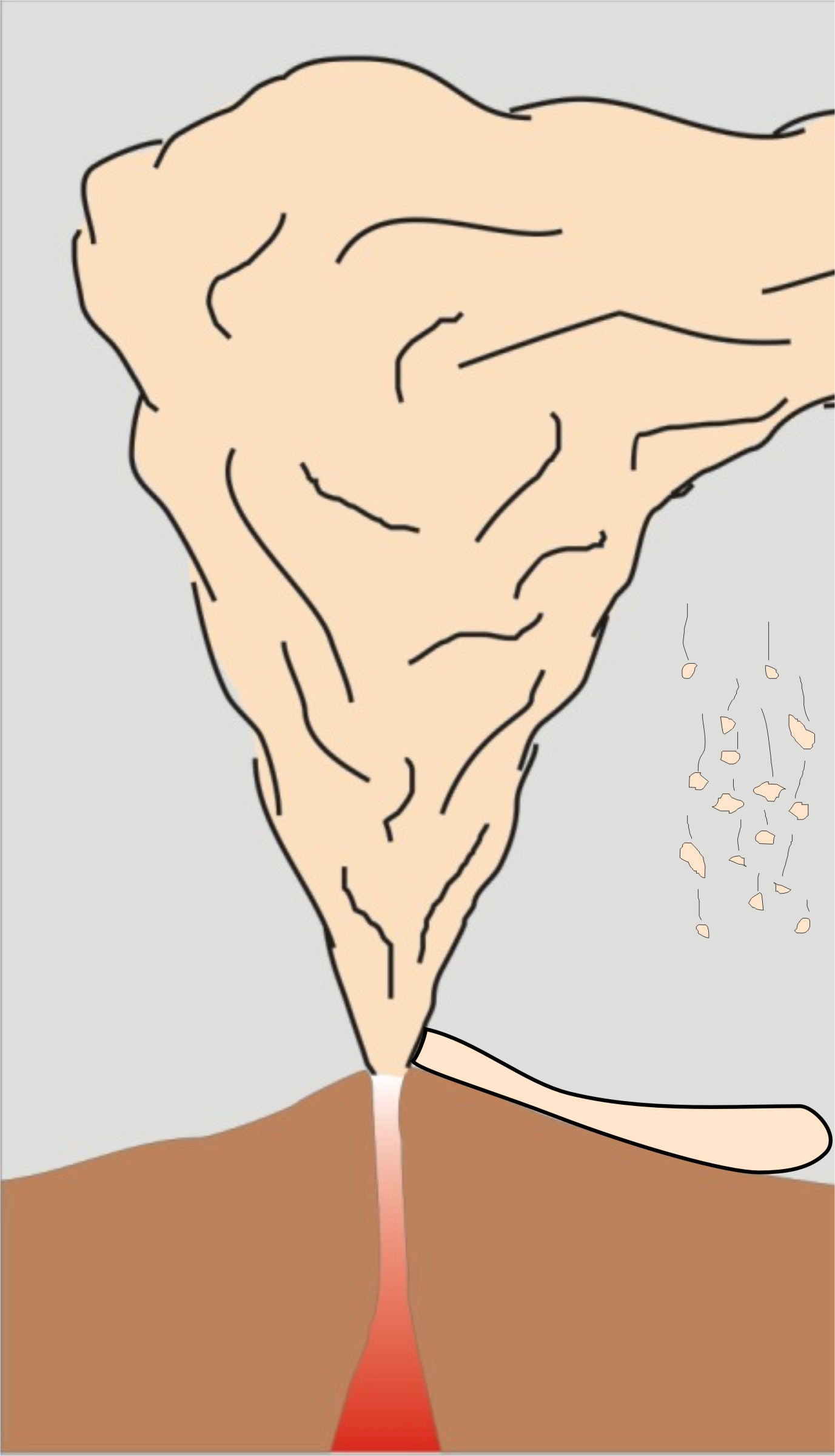
Magma Rising to the Surface
T he most fundamental difference between an intrusive rock (i.e.
granite) versus an extrusive rock (such as rhyolite), is that
the former cools at depth, whereas the latter is erupted and cools at
the surface. But why does one rise while the other stay in the crust?
Magmas rise because of two factors: density contrast with the surrounding crust, and overpressure. In the first case, a magma rises until it reaches a level in the crust where its density is equal to that of the surrounding rocks. At this point, the magma is no longer buoyant and it stops. However, as it cools, the earliest minerals to crystallize are frequently quite dense, such as olivine or pyroxene. The crystallization and removal of these minerals from the magma results in the magma becoming less dense -- it becomes buoyant again. However, as attractive as crystal fractionation may be, it is not a perfect expanation and probably does not describe all systems. Instead we will consider overpressure.
Also, we will consider what happens when volatile species exsolve, and the magma fragments.




